Ukrainian grad students participate in DOE program


A message from Electrical Builders, Ind.
America’s Top Performing Nuclear Plants Rely on Electrical Builders, Industries to Expand and Extend the Life of Their Critical Electrical Assets

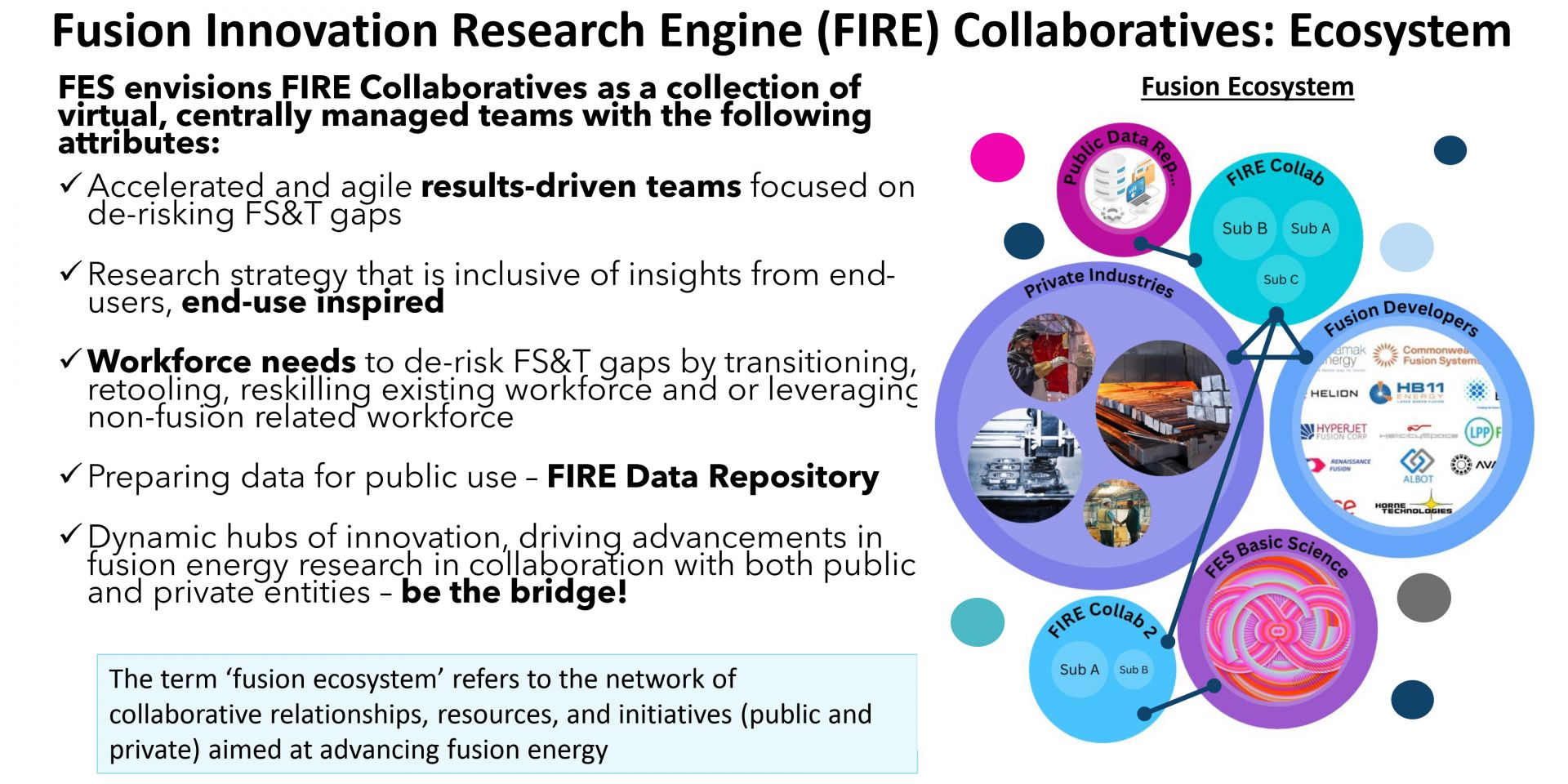
The Department of Energy’s Office of Fusion Energy Sciences (FES) wants Fusion Innovation Research Engine (FIRE) collaboratives to be a bridge between FES’s basic science research programs and the growing fusion industry. A funding opportunity announcement released May 22 explains that FIRE will be a “transformative initiative aimed at creating a fusion innovation ecosystem” with virtual, centrally managed collaboratives working on “end-use inspired” fusion science and technology R&D.

As he joined with other state officials and community stakeholders at a celebration last week marking the completion of Vogtle Units 3 and 4, Georgia Gov. Brian Kemp said there’s potential for a fifth nuclear reactor at the site.

White

Robertson
The Department of Energy has selected Candice Robertson to head the department’s Office of Environmental Management as acting assistant secretary (EM-1). Robertson has over 20 years of experience in radioactive waste management and previously served as principal deputy assistant secretary and as an associate principal deputy assistant secretary for DOE-EM.
Robertson replaces William "Ike" White, who was nominated by President Biden on May 23 to serve on the Defense Nuclear Facilities Safety Board, the independent agency responsible for ensuring that DOE facilities are protective of public health and safety. White, who has held the position of EM-1 since June 2019, will continue to serve as a senior advisor while he awaits confirmation to the DNFSB.
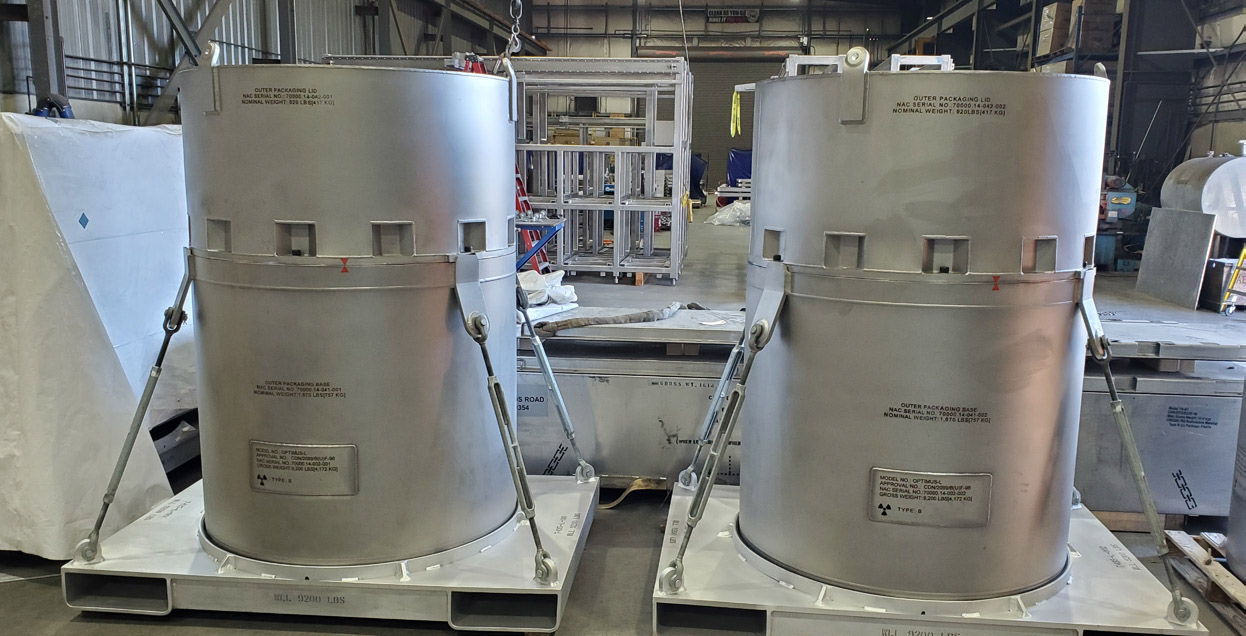
As small modular reactor (SMR) and advanced reactor (AR) developers look to build out their supply chains, NAC International (NAC) offers these companies a wide range of products and services for the full range of their nuclear energy facilities.

TerraPower announced May 29 that it will work with Framatome North America to fund the high-assay low-enriched uranium (HALEU) metallization pilot plant that Framatome is building at its fuel fabrication facility in Richland, Wash. A successful demonstration of Framatome’s capability of converting enriched uranium oxide to HALEU metal will “support the development of the domestic HALEU supply chain,” both companies say.
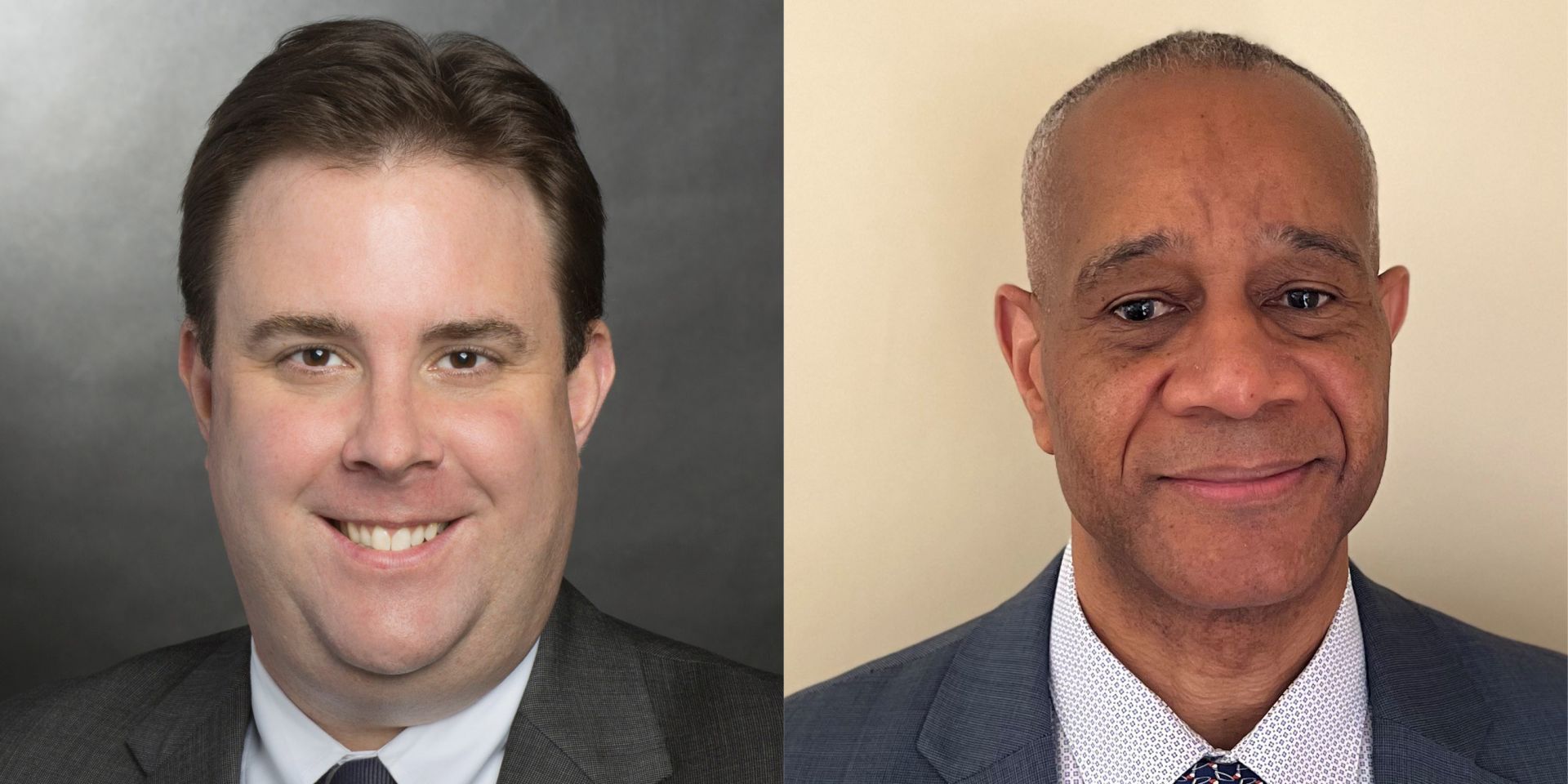
Greg Bowman and George Smith work for the Nuclear Regulatory Commission in implementing programs that deal with risk, whether to nuclear power plants or from nuclear materials, such as radiological sabotage and theft or diversion of materials. Bowman is the director of the NRC’s Division of Physical and Cybersecurity Policy in the Office of Nuclear Security and Incident Response. Smith is the senior project manager for security in the Source Management & Protection Branch of the Division of Materials Safety, Security, State, and Tribal Programs in the Office of Nuclear Material Safety and Safeguards.
The three initiatives Bowman and Smith discussed with Nuclear News editor-in-chief Rick Michal are the Insider Threat Program, the Cybersecurity Program, and the Domestic Safeguards Program.
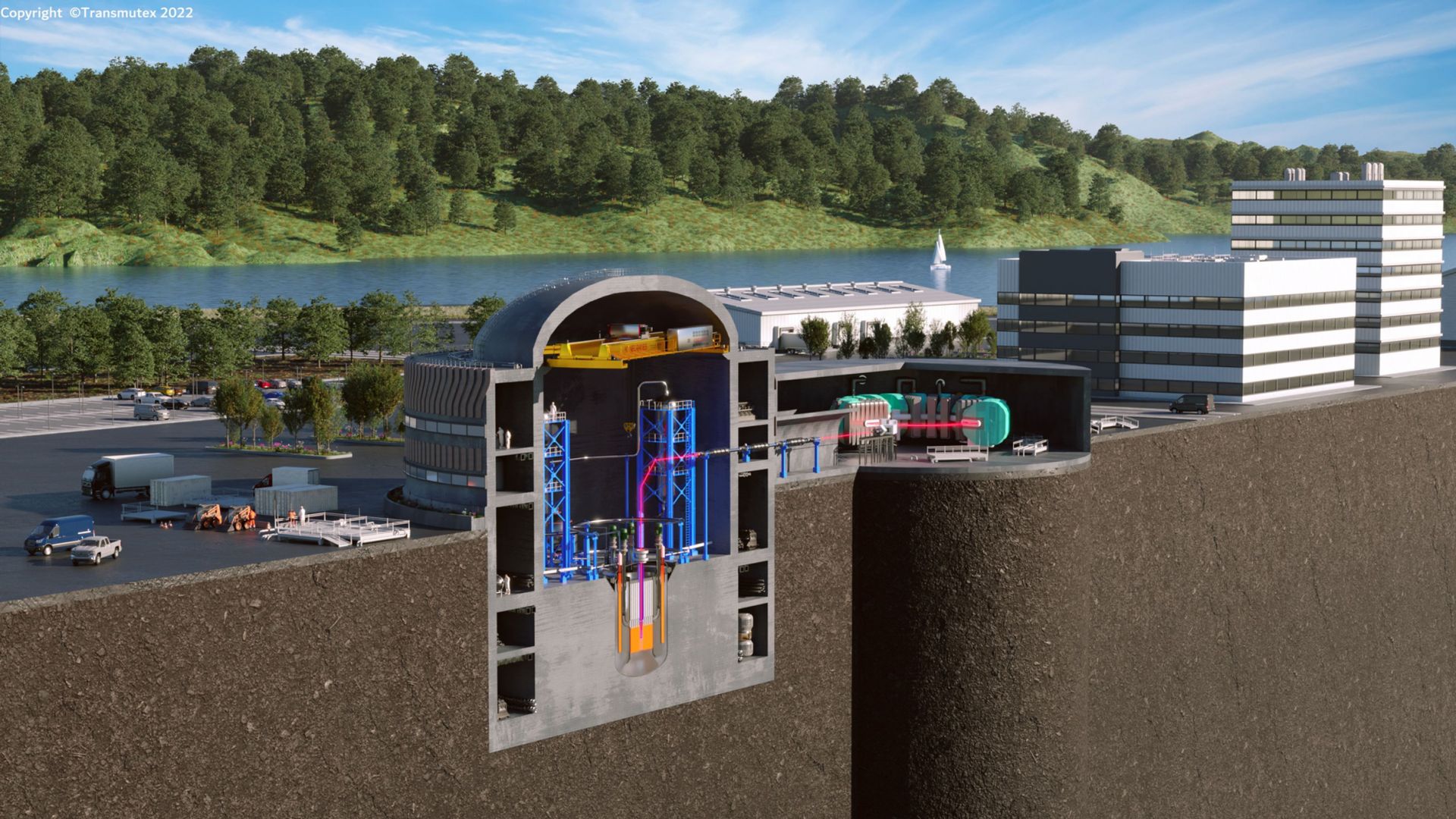
Switzerland’s national cooperative for the disposal of radioactive waste, Nagra, is distancing itself from recent reports regarding the work of the Geneva-based engineering start-up Transmutex, which claims to have developed a new technology for the transmutation of radioactive waste.
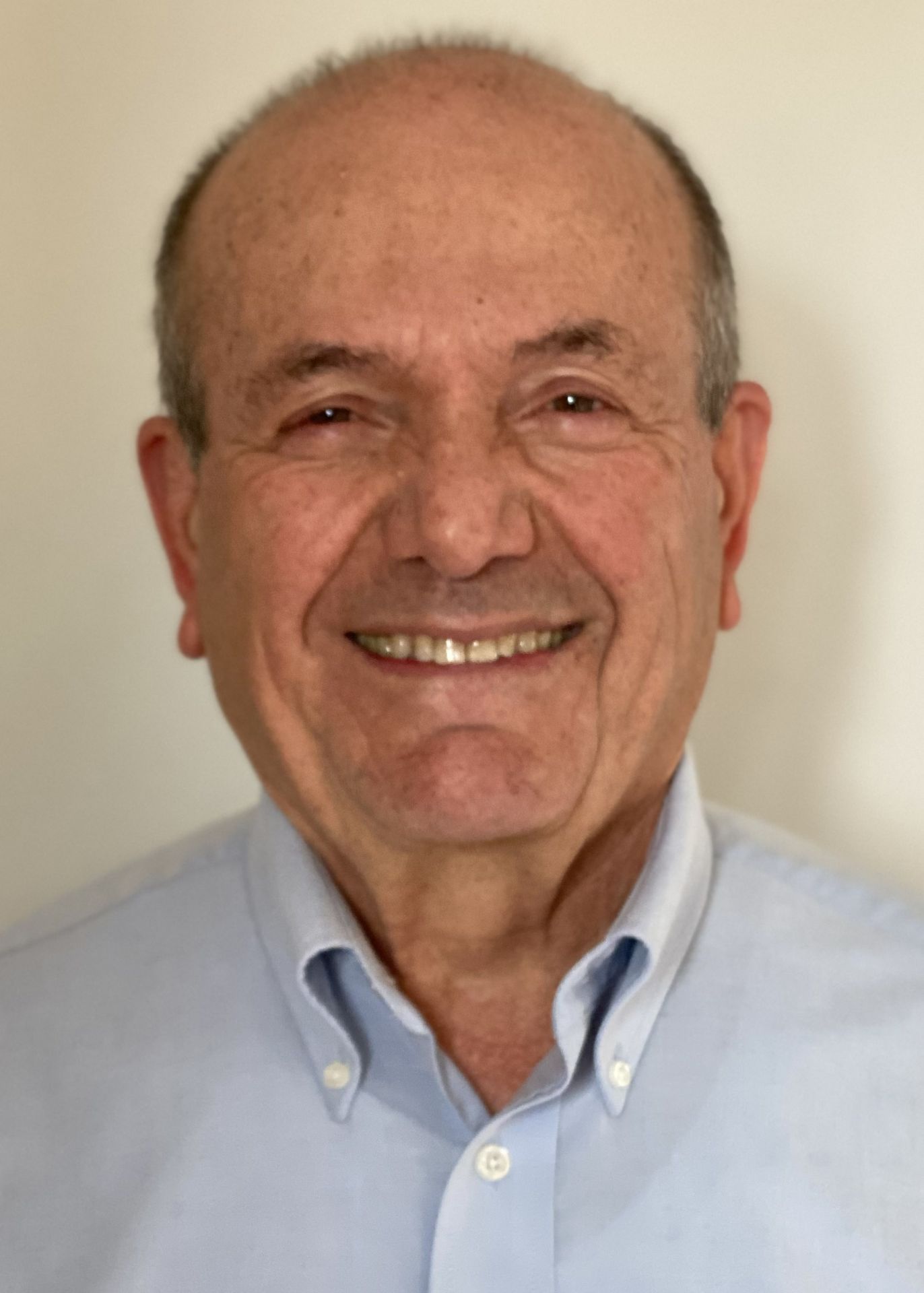
. . . and today.

Halil Avci in 1975 . . .
We welcome ANS members who have careered in the community to submit their own Nuclear Legacy stories, so that the personal history of nuclear power can be captured. For information on submitting your stories, contact nucnews@ans.org.
For me, going into nuclear engineering was an adventure. In 1968, as a 17-year-old in a small village in western Turkey, I took a government exam designed to select students to send abroad for college. I had to pick a major and a country before the exam, so I picked nuclear engineering and America because they both seemed exciting and full of potential. I came to the United States with the intent to obtain my bachelor’s degree and return to Turkey without delay, because I was told that I was needed to work on the construction of Turkey’s first nuclear power plant starting in 1974. That nuclear plant project did not materialize as planned, nor did I return to Turkey as expected.
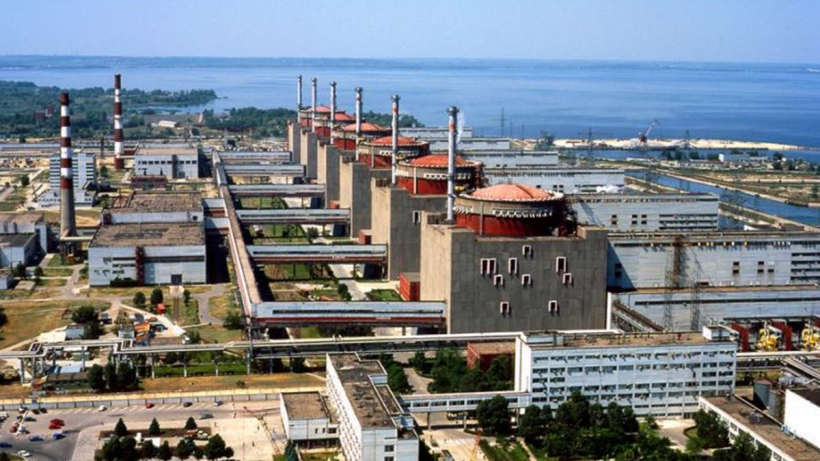
An official from Russia’s state-owned nuclear power company Rosatom said this week that there are no current plans to reopen the Zaporizhzhia nuclear power plant in Ukraine.

Duke Energy announced agreements yesterday with Amazon, Google, Microsoft, and Nucor to accelerate clean energy deployments in the Carolinas through a new rate structure proposal.
The company signed memoradums of understanding this month that include proposed Accelerating Clean Energy (ACE) tariffs that would help offset the long-term costs of investing in clean energy technologies, such as new nuclear and energy storage, through early commitments. Duke announced its partnership with the tech and utility giants at this week’s White House Summit on Domestic Nuclear Deployment aimed at strengthening the U.S. nuclear industry.

CPS Energy has become a founding member of the Texas Nuclear Alliance and is also the alliance’s first electric utility provider member. CPS Energy owns 40 percent of the two-unit South Texas Project nuclear power plant, in Bay City, Tex.
The large vehicle used to transport highly radioactive canisters at the Department of Energy’s Savannah River Site has completed a pit stop to ensure the continued movement of the site’s radioactive liquid waste work.

James Conca
The term “dirty bomb” surfaces occasionally, usually in the context of nuclear waste, which, while understandable, is incorrect.
Dirty bombs, or radiation dispersal devices (RDDs), use conventional methods like car bombs to disperse radioactive materials in populated economic districts, such as lower Manhattan. The point is to cause great economic and social disruption disproportionate to the actual radiological effects—and well beyond the physical destruction from the conventional bomb components.
Society’s irrational fear of radiation makes the dirty bomb an ultimate weapon of terror. But it is a psychological weapon, not a nuclear one. The public should not be any more afraid of a dirty bomb than they are of an ordinary car bomb.
Nuclear energy advocates attended a White House summit today on domestic nuclear deployment and will help advise a new federal initiative to support building new grid-scale nuclear reactors.
The event showcased recent policy developments and new industry investments that have changed the playing field—for the better—for nuclear during the past few years. The White House is calling it “the largest sustained push to accelerate civil nuclear deployment in the United States in nearly five decades.”

California-based Oklo is partnering with Wyoming Hyperscale to power a state-of-the-art data center campus.
The companies, which announced the partnership last week, signed a nonbinding letter of intent to provide 100 megawatts of carbon-free energy for a 20-year power purchase agreement. Wyoming Hyperscale is building a data center on 58 acres of land on Aspen Mountain, a remote site southeast of Evanston, Wyo., and plans to use Oklo’s Aurora Powerhouse units to provide clean energy at the site.

Framatome was recently awarded a multimillion-dollar contract to perform mitigation of buried condenser feed pipes at a three-unit nuclear power plant in the United States.
The France-based nuclear company plans to install spray-in-place structural pipe liner to mitigate more than one mile of large diameter underground piping connected to plant condenser boxes. The project will be performed during nine outages over eight years, with the first application planned for fall 2025.
Utilities need to know months ahead of a scheduled refueling outage that fresh fuel will be on-site and ready to load. Now that the Prohibiting Russian Uranium Imports Act has been signed into law, U.S. utilities with plans to use Russian-origin low-enriched uranium also need to know if they can secure a waiver for imports through December 31, 2027—subject to specific annual limits—if “no alternative viable source of [LEU] is available to sustain the continued operation of a nuclear reactor or a United States nuclear energy company” or if LEU imports from Russia are “in the national interest.”
The U.K.-based Financial Times recently featured an article focusing on the return of retirees and the extending of professional careers in the nuclear industry in Western countries. According to the article, “the nuclear power industry is seeking to lure back thousands of retired engineers and older professionals as Western companies try to fill a skills gap to deliver the biggest wave of new projects in decades.”
The United Kingdom has announced a northern Wales site as its preferred location for a third mega-nuclear power station as the nation aims to support long-term energy security.
Following its plans to build nuclear facilities at Hinkley in Somerset and Sizewell in Suffolk, both in England, U.K. officials hope to revive the nuclear history of Wylfa, in Wales, and bring thousands of jobs and major investment to the area. The government is kickstarting talks with global energy firms in hopes of building a nuclear plant in Wylfa that could provide enough energy to power 6 million homes for 60 years.